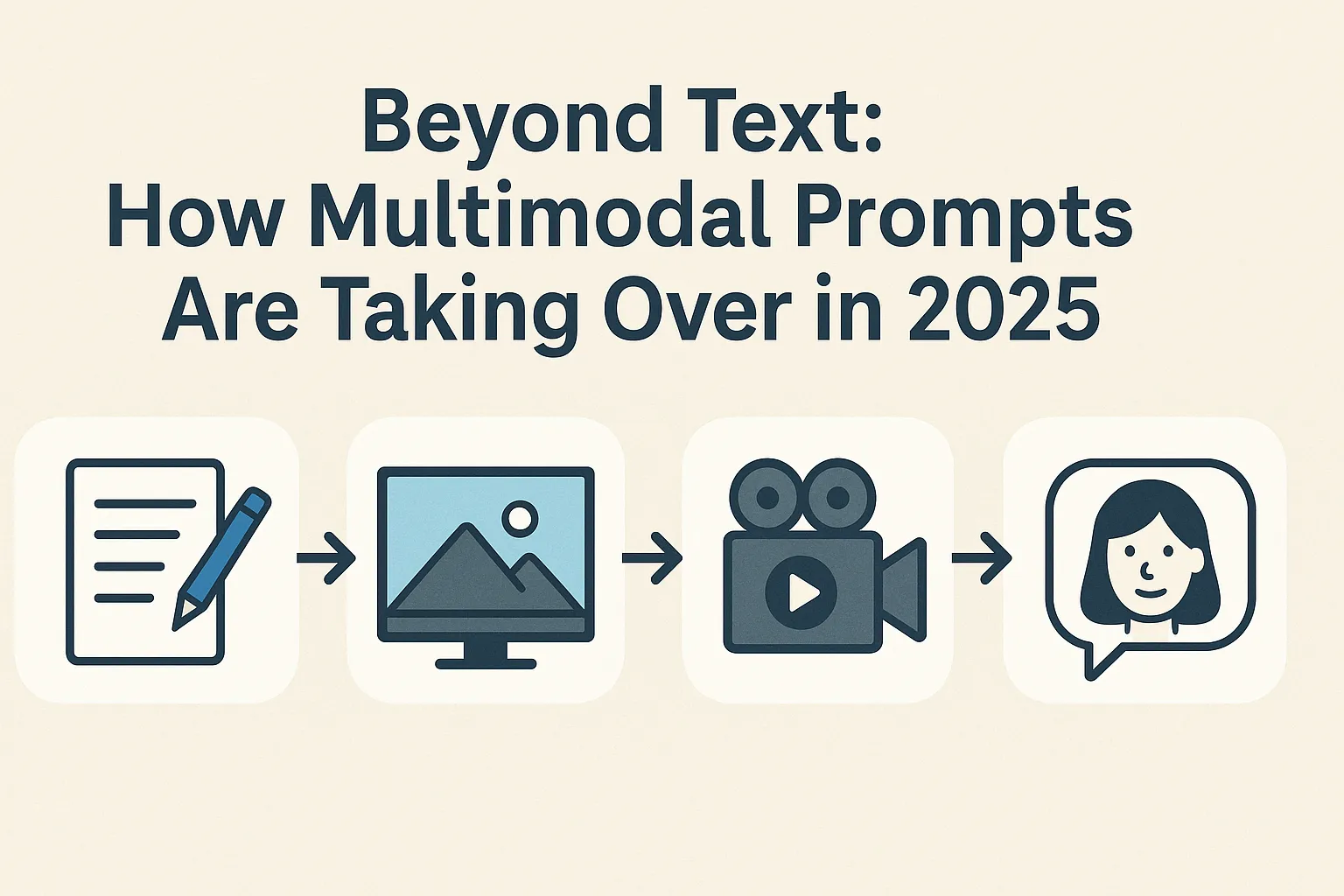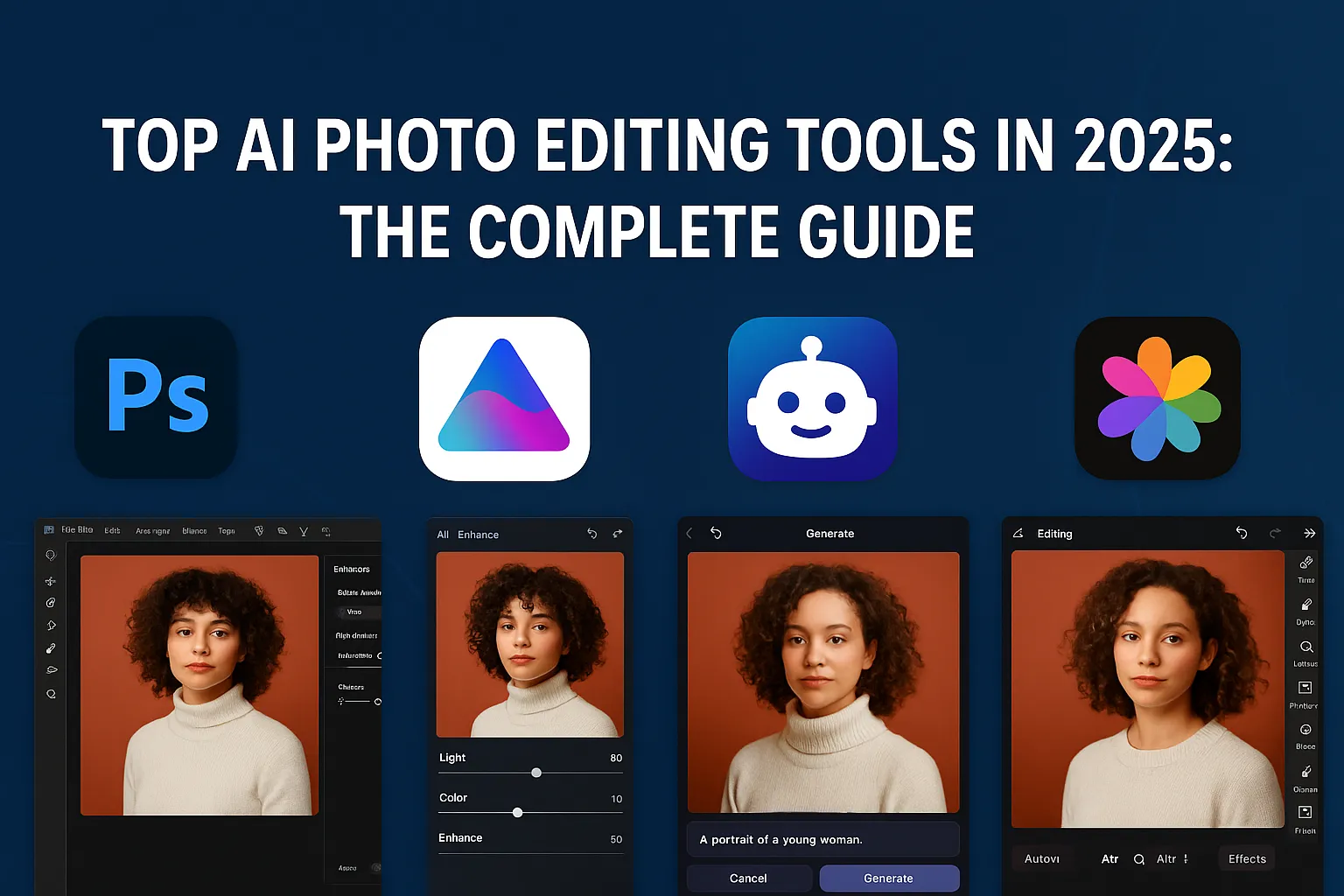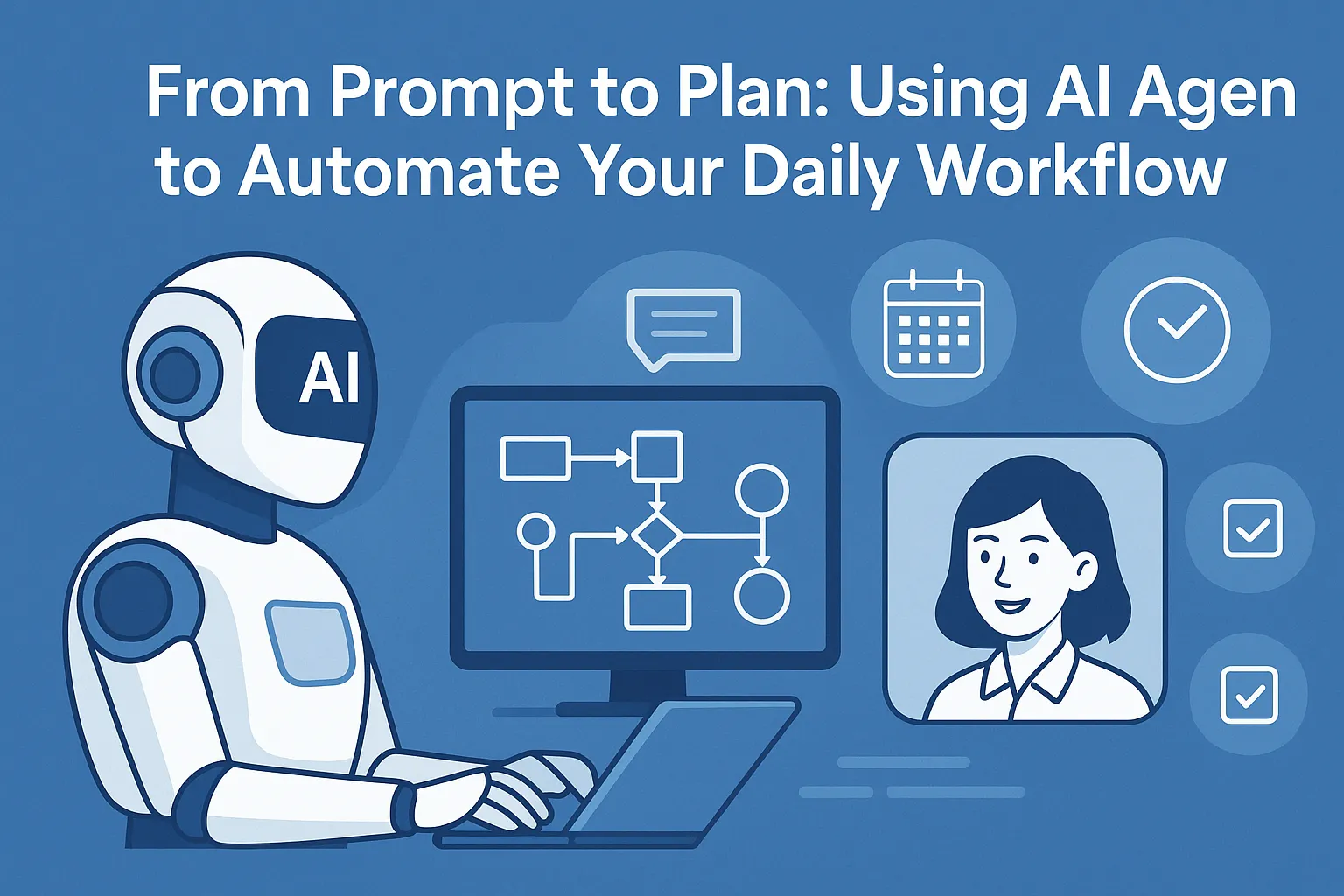Table of Contents
- Introduction
- What Are Multimodal Prompts?
- The Evolution of AI Prompts
- How Multimodal Prompts Work
- Key Benefits
- Top Use Cases in 2025
- Industries Being Transformed
- Leading Tools and Platforms
- Multimodal Prompts vs Text-Only Prompts
- Challenges and Ethical Considerations
- The Future of Multimodal AI
- How to Get Started with Multimodal Prompts
- Frequently Asked Questions
Introduction
Artificial Intelligence is entering a new era in 2025—an era where multimodal prompts are rapidly taking center stage. While text-based prompts have dominated AI interactions for years, the future is no longer limited to words. Instead,it combine text, images, audio, and even video, enabling richer, more contextual, and more human-like AI responses.
This article explores what multimodal prompts are, how they work, their benefits, real-world applications, and why they represent a massive shift in how we interact with AI. Whether you’re a developer, business leader, or AI enthusiast, understanding in 2025 is essential.
What Are Multimodal Prompts?
Multimodal prompts are inputs that combine multiple data formats—such as text, images, audio, video, or even sensor data—to guide AI models in producing outputs. Instead of only typing a question into a chatbot, you might upload a picture, play a voice recording, or share a video clip along with your query.
For example:
- Uploading a medical image and asking AI for a diagnosis suggestion.
- Providing a voice command alongside a written brief to generate marketing content.
- Combining a sketch with text instructions to design a website layout.
This fusion of modalities is what makes powerful, adaptive, and increasingly mainstream in 2025.
The Evolution of AI Prompts
To appreciate the impact , let’s trace the evolution of AI prompts:
- Text-only Prompts (2018–2022): AI systems like GPT-3 focused on natural language inputs.
- Image + Text Prompts (2022–2024): Tools like DALL·E, MidJourney, and Stable Diffusion allowed users to generate images from text descriptions.
- With the launch of GPT-4, Gemini, and other advanced AI systems, multimodal inputs became reality—enabling AI to process text, images, voice, and more together.
How Multimodal Prompts Work
It rely on multimodal AI models, which are trained on diverse datasets covering multiple input types. These models use advanced neural architectures to align and interpret information across formats. Here’s how they work:
- Input Fusion: Text, images, audio, or video are fed into the model.
- Cross-Modal Understanding: The model learns relationships between different modalities (e.g., understanding a spoken command alongside a picture).
- Output Generation: The AI delivers responses that integrate context from all provided modalities.
For instance, if you upload an image of a living room and type “suggest furniture,” the AI considers both the visual context and your text request before generating ideas.
Key Benefits
Why are multimodal prompts so important in 2025? Here are the main benefits:
- Contextual Accuracy: More accurate responses thanks to multi-layered inputs.
- Natural Interactions: Mimics how humans use multiple senses to communicate.
- Creative Flexibility: Enables cross-media creativity like combining images with stories or audio.
- Accessibility: Helps users who prefer or require non-text inputs (e.g., voice commands).
- Enhanced Problem-Solving: Tackles complex tasks like medical analysis or design where multiple data formats are crucial.
Top Use Cases in 2025
In 2025, multimodal prompts are being used across many industries. Some popular examples include:
- Healthcare: Uploading scans + patient notes for faster diagnoses.
- Education: Teachers using text, video, and diagrams to create adaptive lesson plans.
- E-commerce: Shoppers uploading product images and asking for similar options.
- Entertainment: Generating music videos using lyrics, melodies, and visuals together.
- Interior Design: Uploading a room photo with text descriptions for furniture suggestions.
Industries Being Transformed
The industries seeing the biggest disruption from prompts include:
- Healthcare: AI-assisted diagnostics and personalized treatments.
- Marketing: Campaigns built from text briefs + multimedia assets.
- Gaming: Game worlds generated from sketches, storyboards, and music.
- Education: Richer, interactive learning experiences.
- Retail: Smarter product discovery using visual + textual queries.
Leading Tools and Platforms
Some of the most powerful tools leveraging in 2025 include:
- OpenAI GPT-5: Processes text, image, and audio seamlessly.
- Google Gemini: Excels in cross-modal understanding and reasoning.
- Anthropic Claude: Provides safe, multimodal interactions.
- Runway: AI video editing with text, image, and audio inputs.
- Adobe Firefly: Creative suite using multimodal workflows for design.
Multimodal Prompts vs Text-Only Prompts
Here’s how multimodal prompts compare to traditional text-only prompts:
| Aspect | Text-Only Prompts | Multimodal Prompts |
|---|---|---|
| Input | Only text | Text, image, audio, video |
| Context | Limited to written descriptions | Richer, multi-layered context |
| Accuracy | Dependent on written clarity | Improved accuracy with cross-modal data |
| Use Cases | General conversation, content writing | Healthcare, design, education, retail |
Challenges and Ethical Considerations
Despite their promise, multimodal prompts also bring challenges:
- Bias: AI models may reflect biases present in multimodal training data.
- Privacy: Sensitive media inputs (like medical scans) raise data protection issues.
- Resource Intensity: Multimodal models require massive computing power.
- Misuse: Risk of generating harmful or misleading multimedia outputs.
The Future of Multimodal AI

As 2025 unfolds, multimodal prompts are expected to become the default interaction mode with AI. Future directions include:
- Seamless integration across devices—from smartphones to AR glasses.
- Real-time multimodal collaboration in workplaces.
- AI agents capable of autonomous multimodal decision-making.
- Deeper personalization using biometric and sensory inputs.
Ultimately, multimodal prompts are not just an upgrade—they’re a paradigm shift.
How to Get Started with Multimodal Prompts
If you’re new to multimodal prompts, here’s a roadmap to begin:
- Choose the Right Tool: Start with platforms like GPT-5 or Google Gemini.
- Experiment: Try combining text with images or audio in your queries.
- Apply to Your Domain: Use multimodal prompts in real-world workflows (e.g., content creation, design).
- Stay Updated: Follow AI research and tools as the space evolves rapidly.
Frequently Asked Questions (FAQs)
1. What are multimodal prompts?
Multimodal prompts are AI inputs that combine text, images, audio, or video to generate richer and more accurate outputs.
2. Why are multimodal prompts important in 2025?
They enable more natural, contextual, and human-like AI interactions, transforming industries from healthcare to education.
3. Which AI tools support multimodal prompts?
Popular tools include OpenAI GPT-5, Google Gemini, Anthropic Claude, Adobe Firefly, and Runway.
4. What challenges come with multimodal prompts?
Challenges include privacy risks, data biases, high computational costs, and misuse of generated outputs.
5. How can I start using multimodal prompts?
You can start by experimenting with tools like GPT-5 or Gemini, combining text with visual or audio inputs in your projects.




Leave a Reply